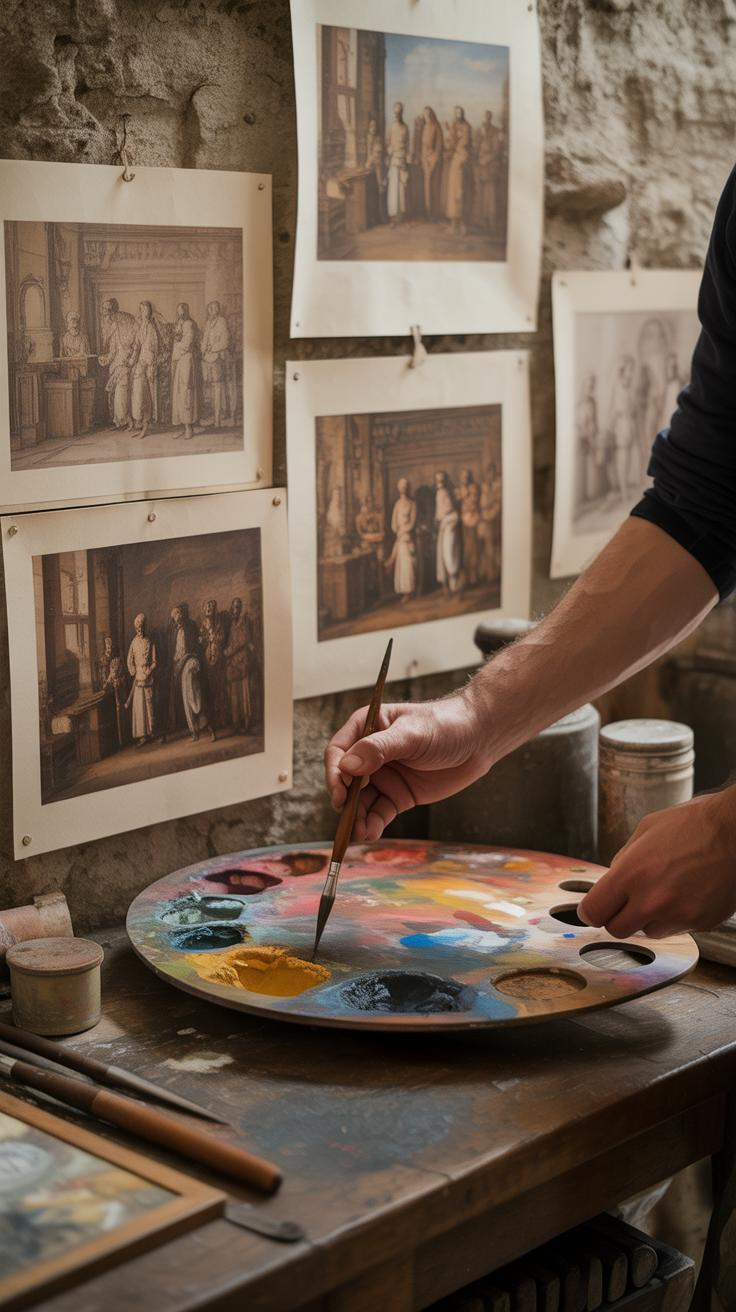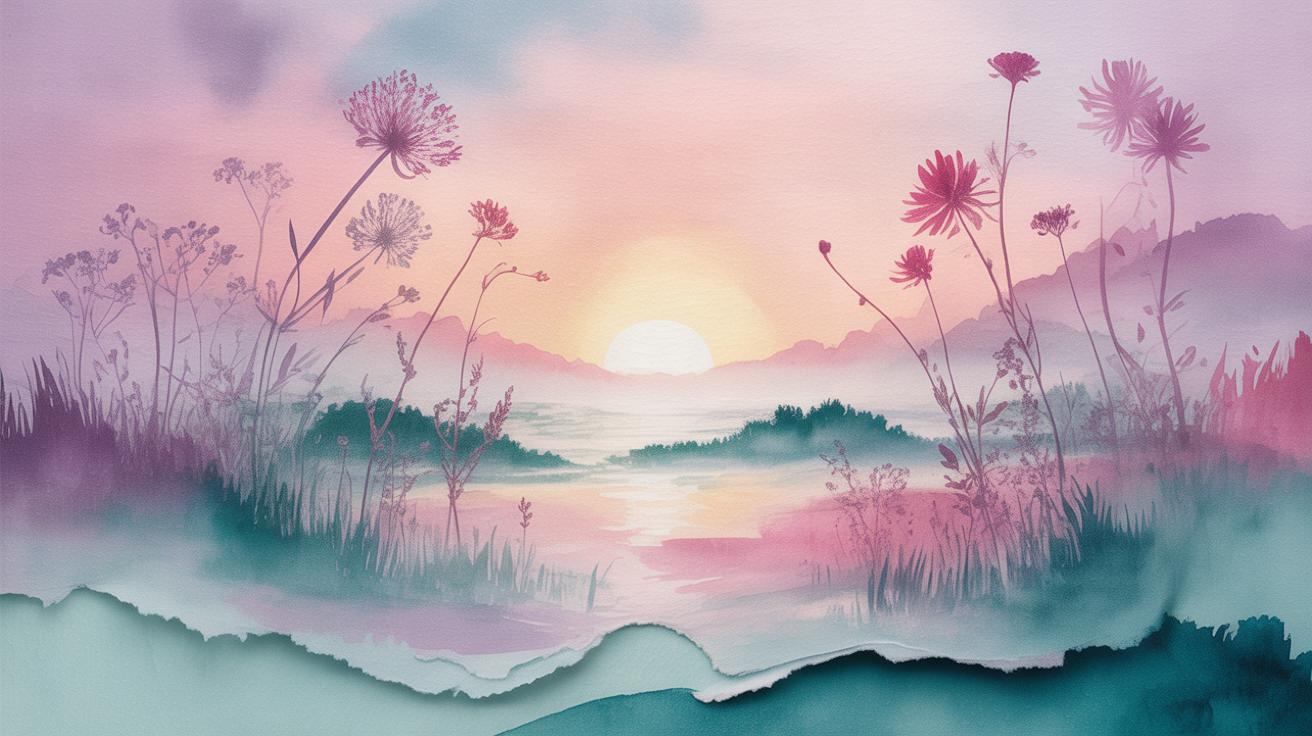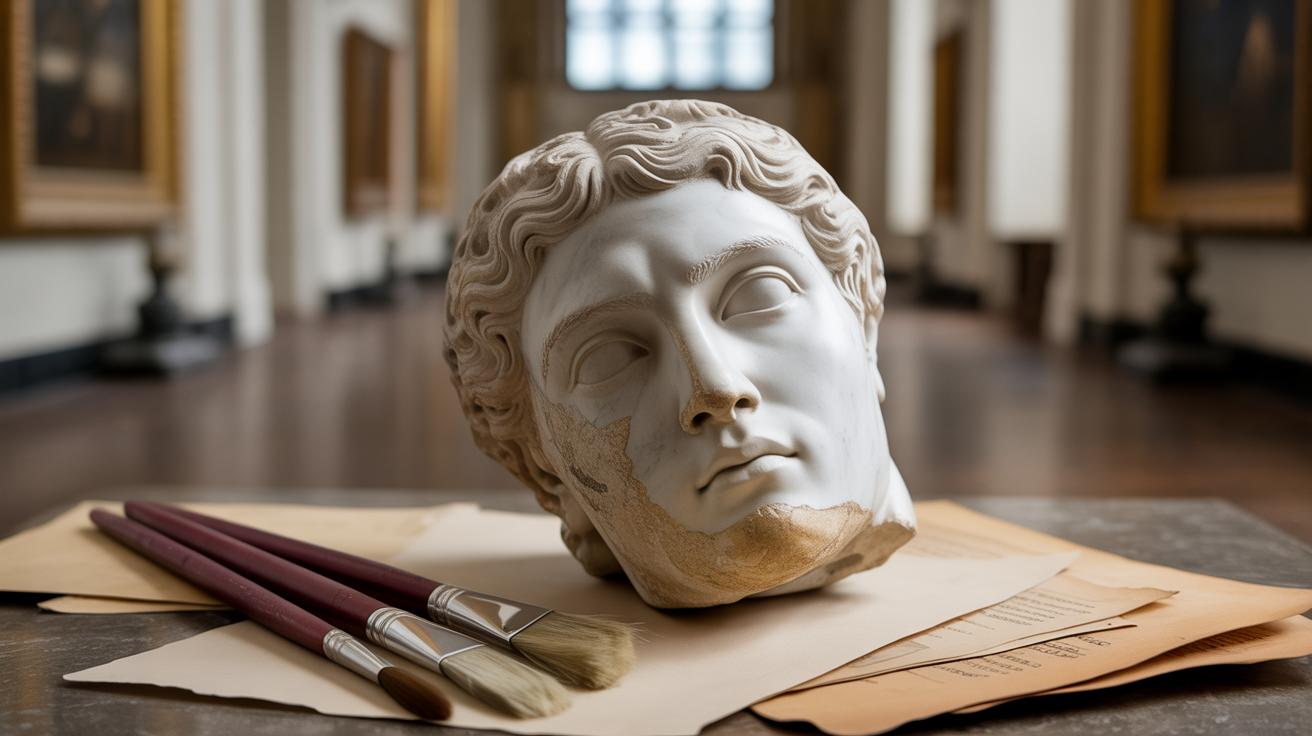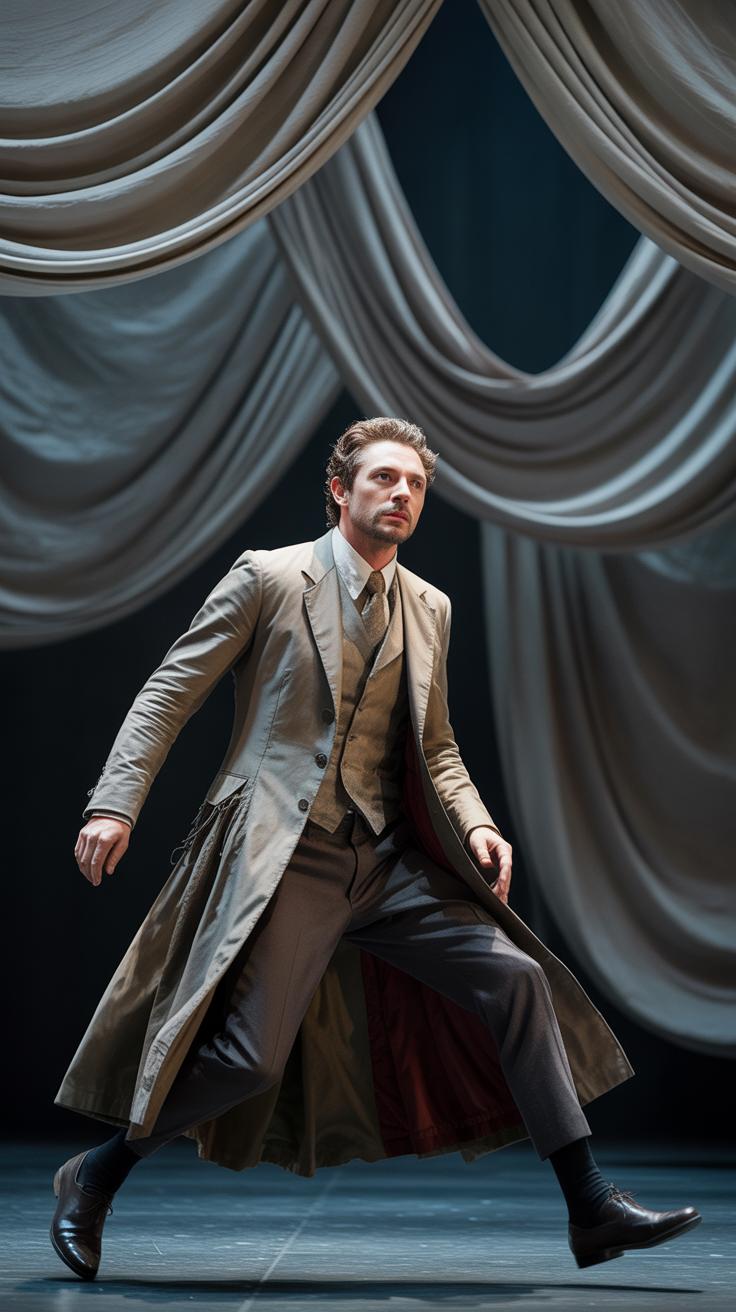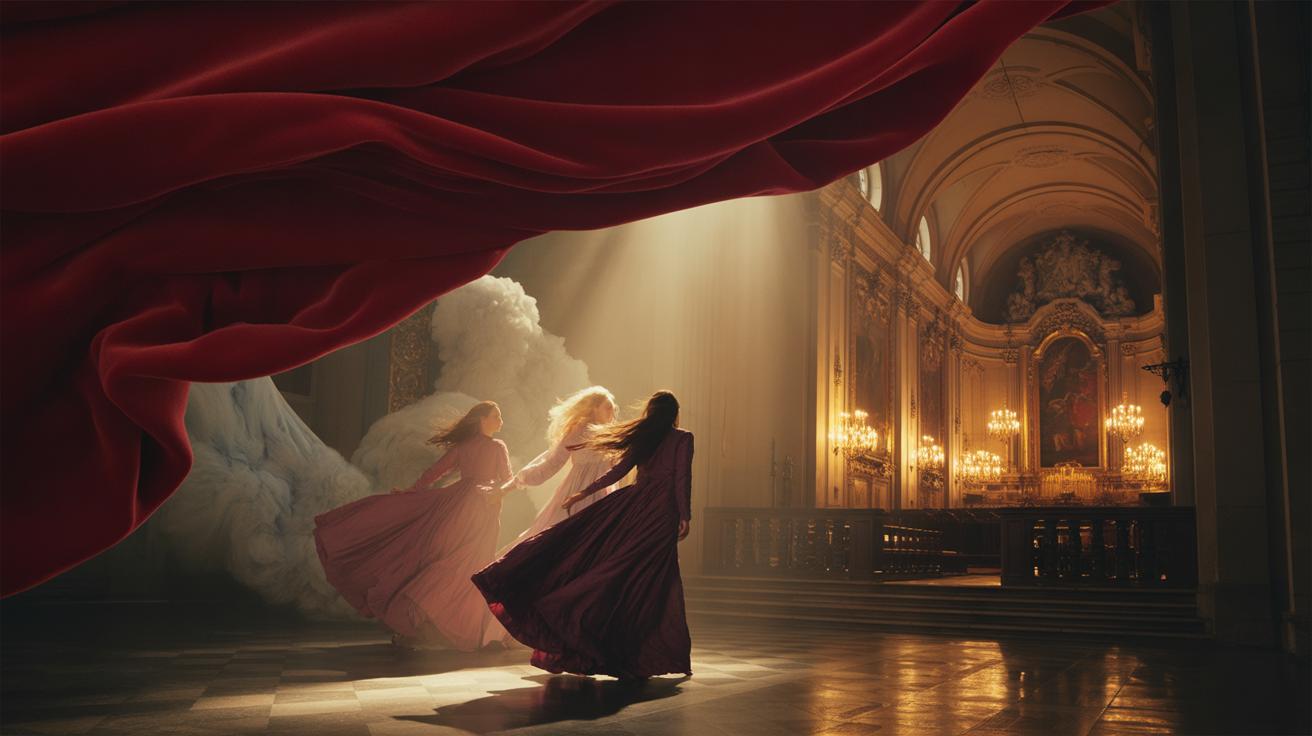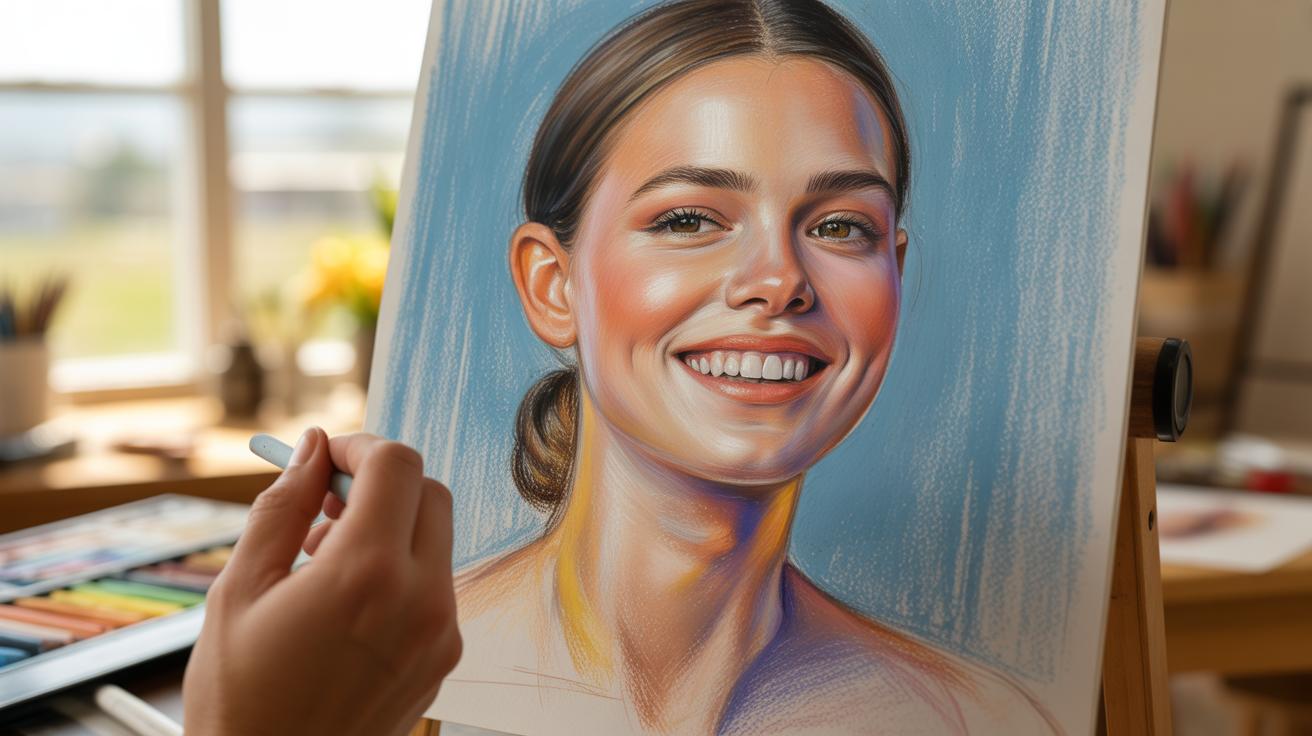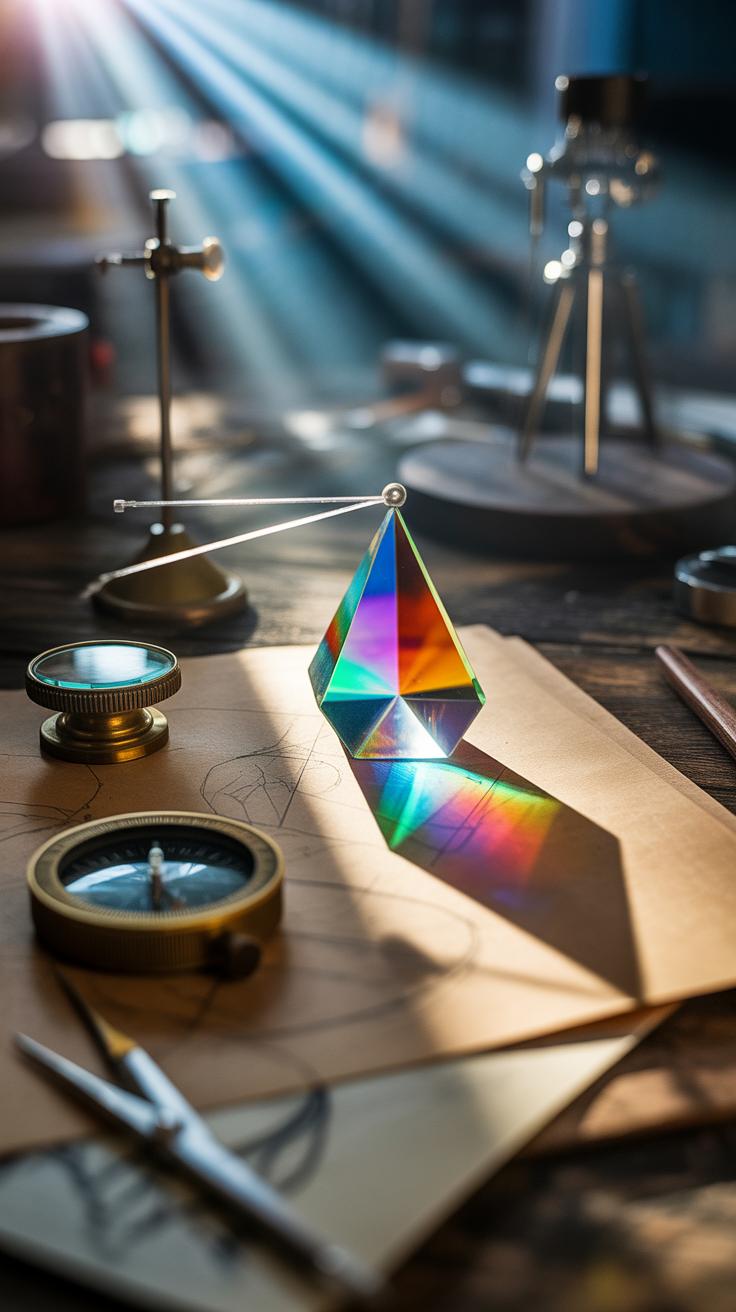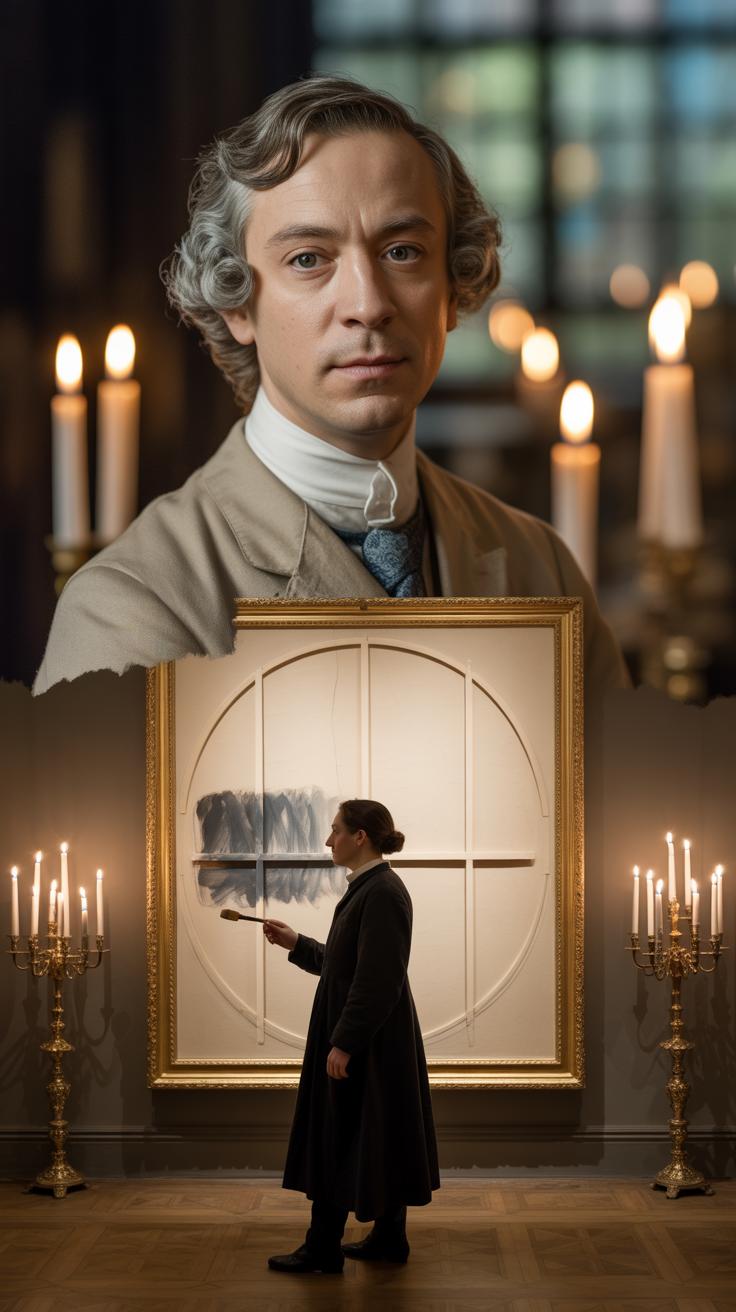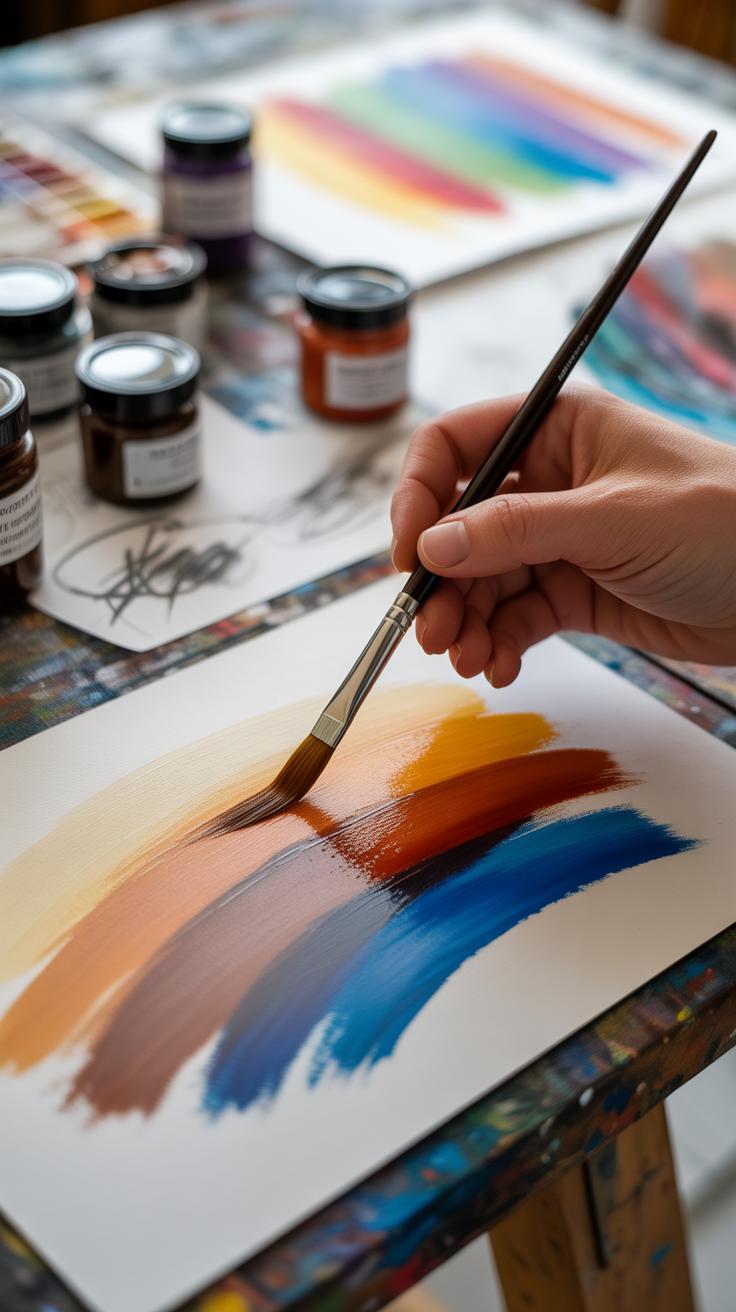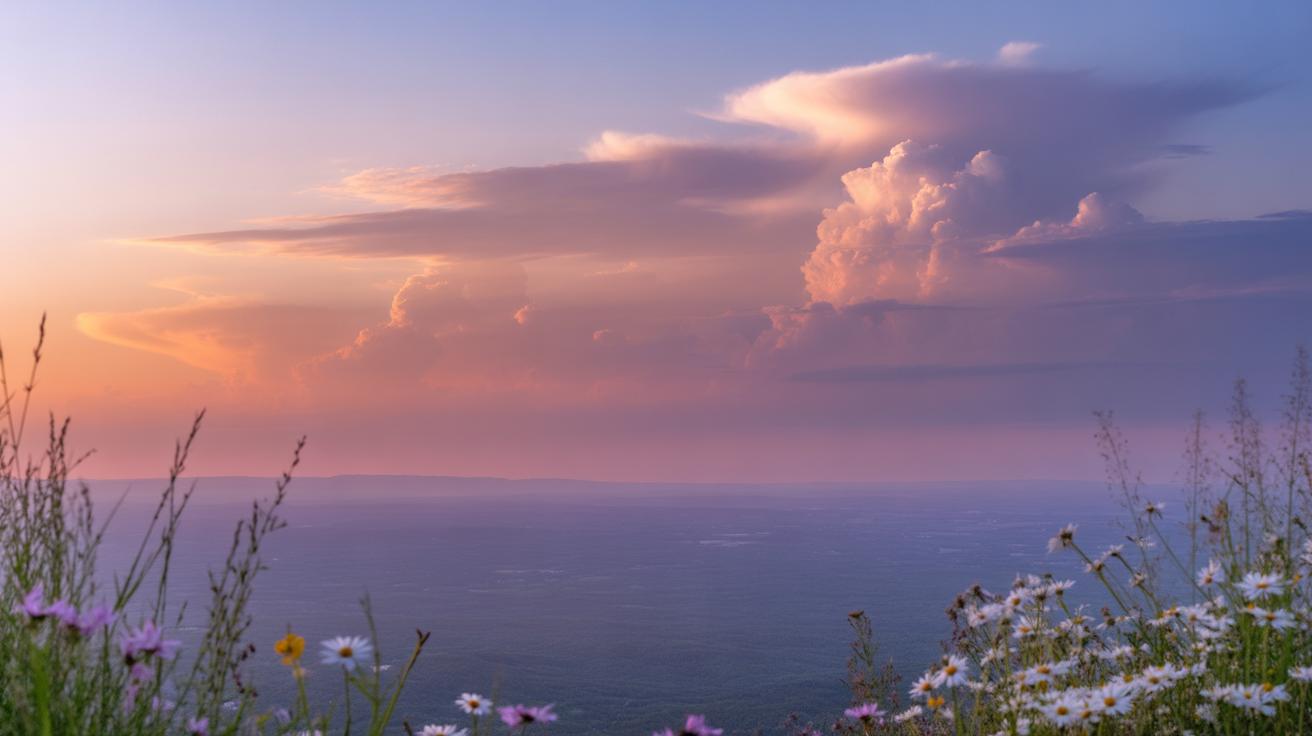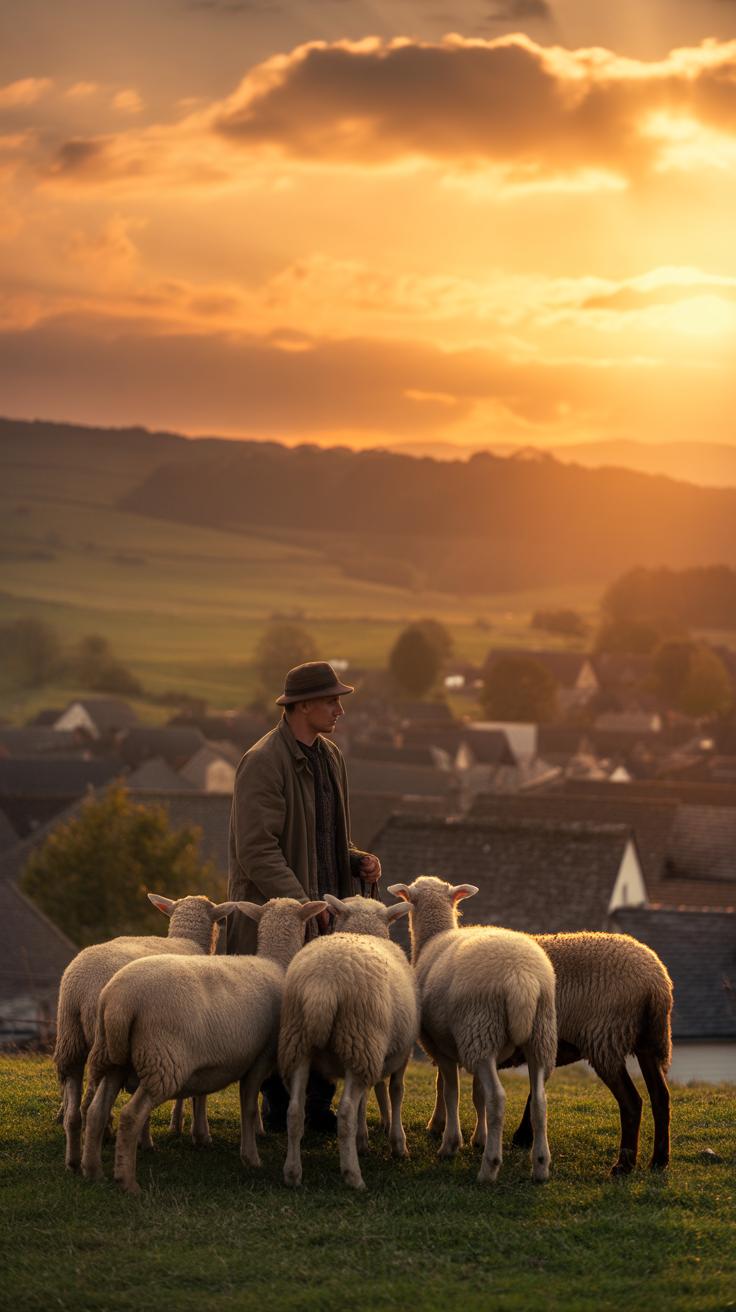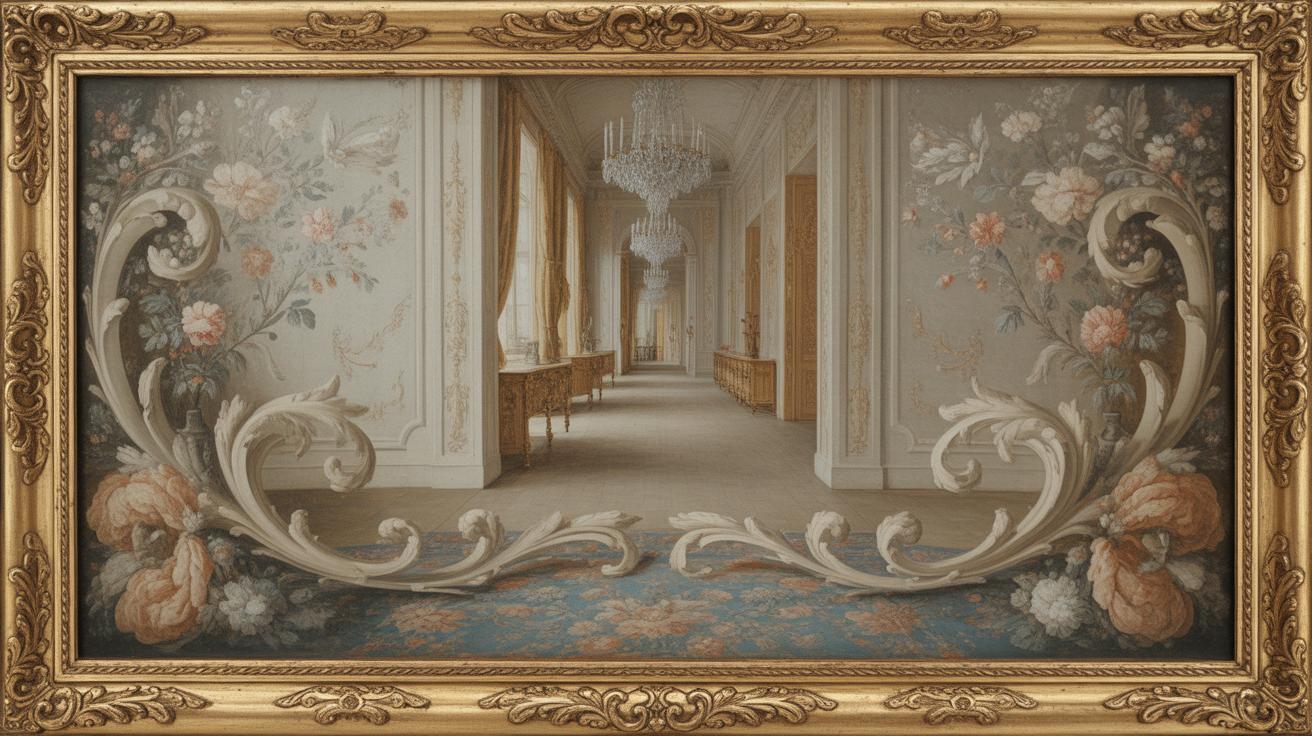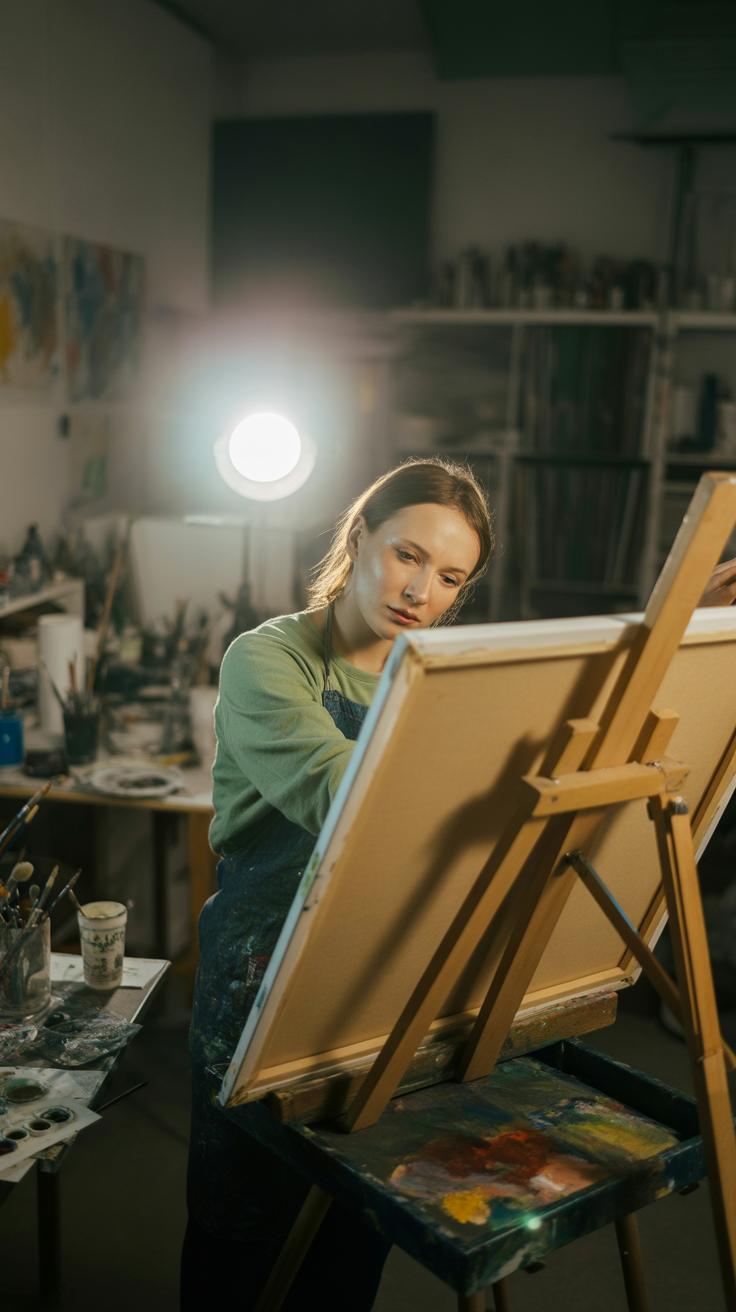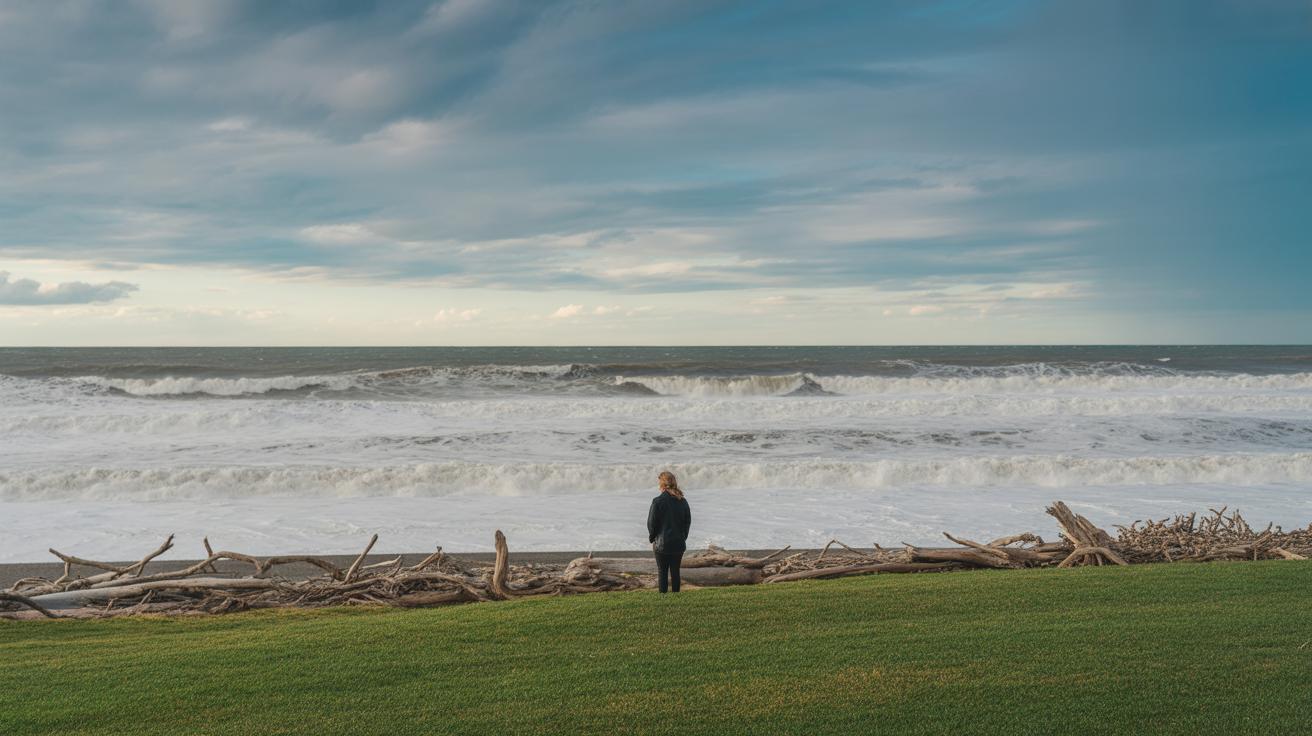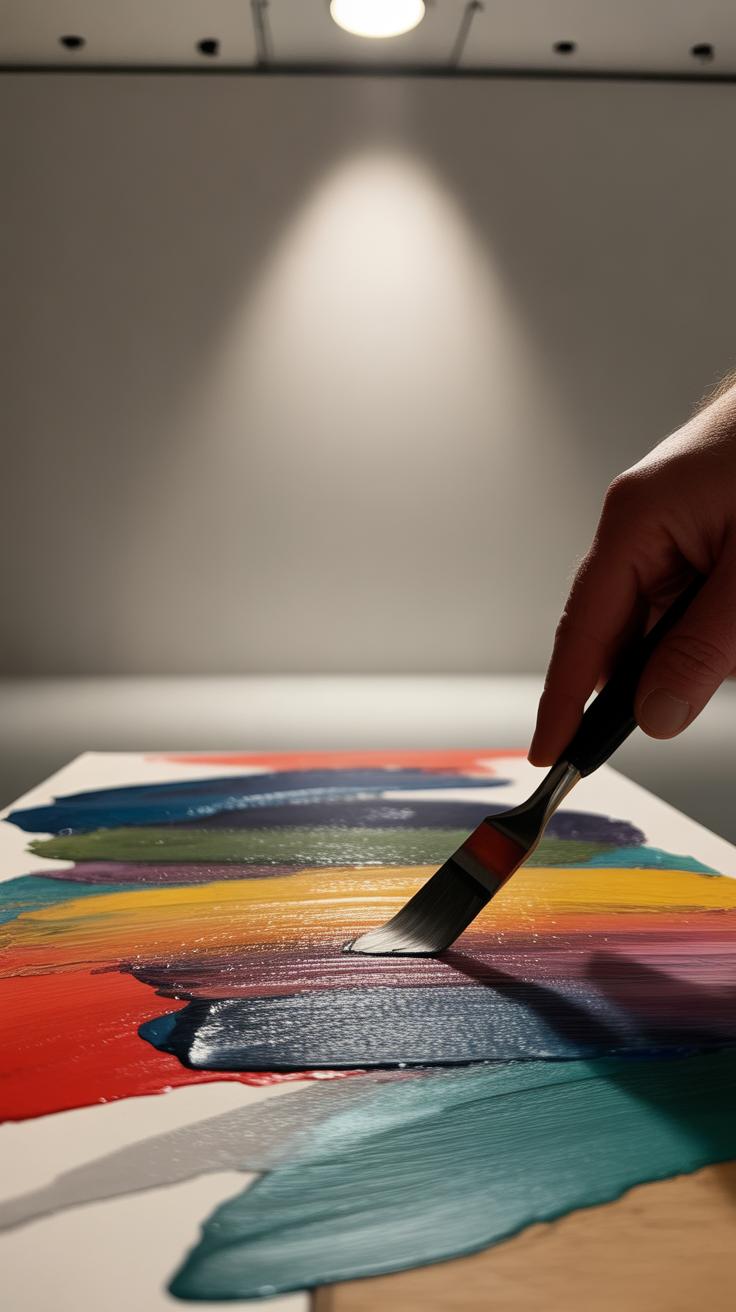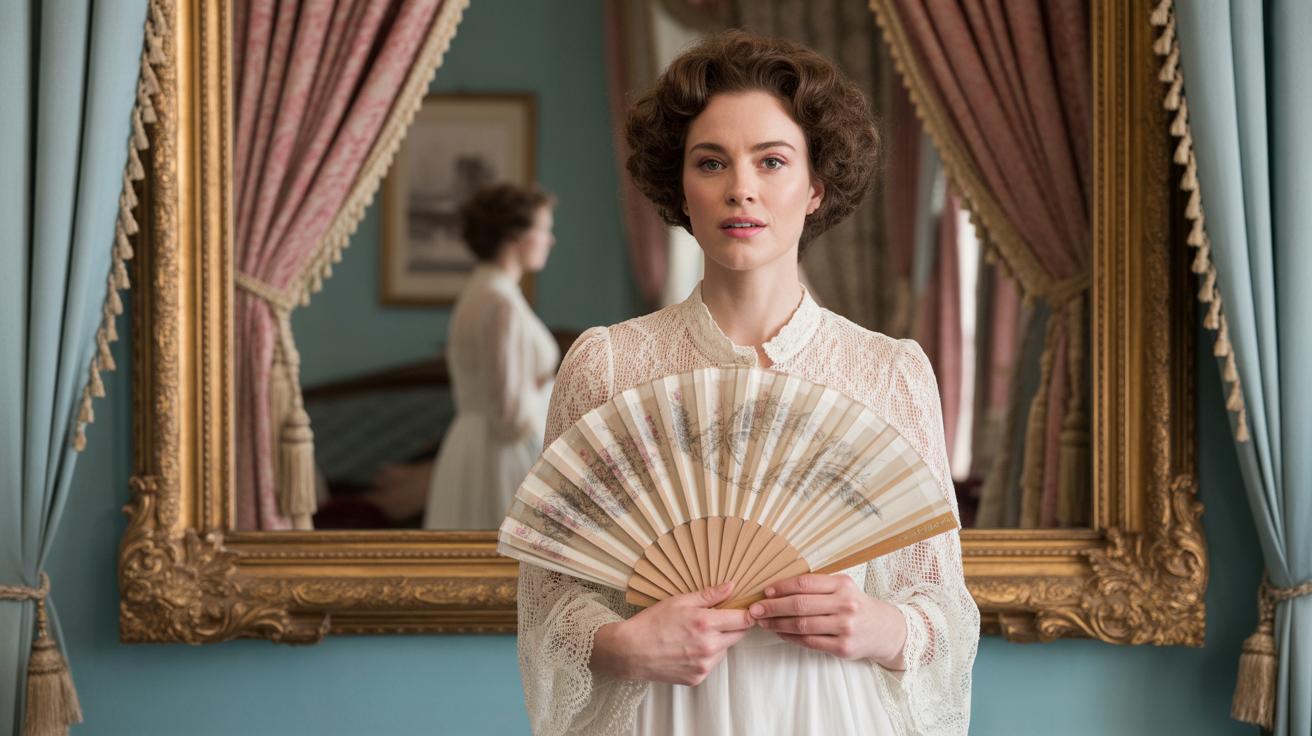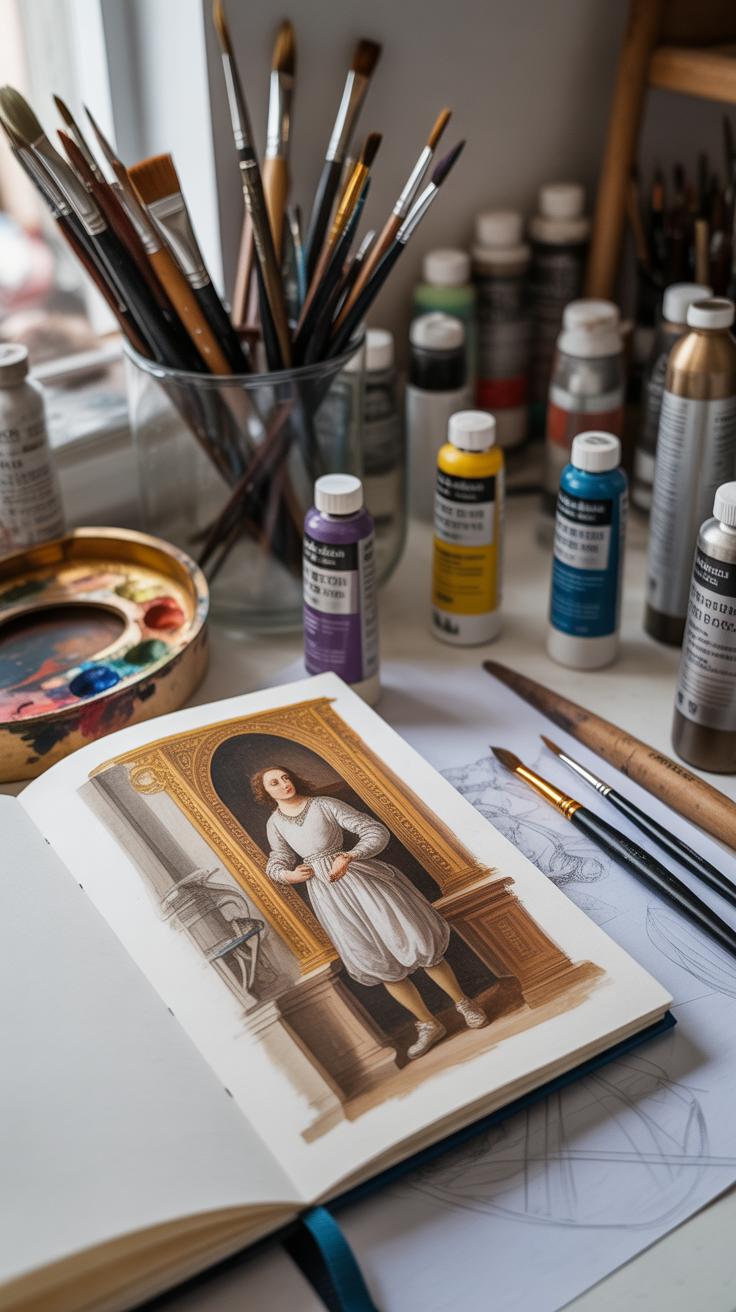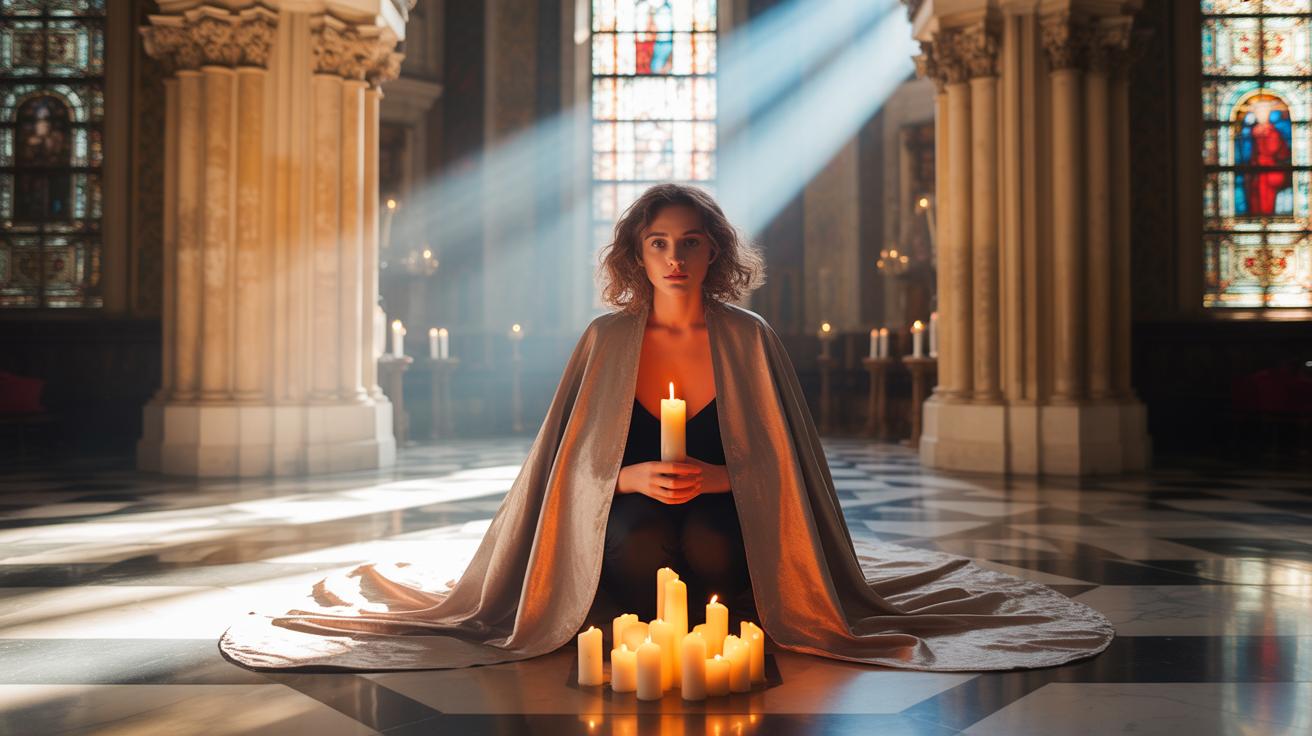
Dynamic Light And Shadow In Baroque Painting Workflows
Introduction
Baroque painting is known for its strong use of light and shadow to create depth and emotion in its artwork. This style emerged in the early 1600s and continued into the 18th century. Baroque artists focused on the moment of action and used dramatic contrasts of light and dark to make scenes more powerful and alive. Light and shadow were not just artistic choices but essential parts of the painting process.
This article will help you understand how Baroque painters used these elements. You’ll learn about the methods they followed, why light and shadow mattered so much, and how these choices affect the feelings you get from their paintings. Reading this will give you a clear picture of Baroque painting workflows and inspire your own creativity with light and shadow.
The Roots Of Baroque Painting
Baroque painting emerged around 1600, marking a clear break from the serene order of Renaissance art. This period coincided with profound changes across Europe: the rise of Absolutism, the Catholic Church’s efforts during the Counter Reformation, and a renewed zeal for religious devotion. All these forces colored the art of the time, pushing it toward intensity and motion.
Absolutism, where monarchs wielded centralized power, favored art that glorified rulers and their divine right. Paintings became tools of political theater, filled with grandeur and symbolism. At the same time, the Counter Reformation sought to inspire faith and combat Protestant criticism. Art turned into a form of persuasion—meant to awe, move, and sometimes overwhelm viewers emotionally.
Something about this shift away from the Renaissance’s balanced calm towards Baroque’s charged and sometimes unsettling energy still surprises me. The quiet harmony gave way to scenes thick with tension and movement—moments captured in mid-action rather than perfect repose. It’s like the calm before had held its breath for too long. Baroque painting didn’t just depict life; it felt like it tried to pull you into life, often against your will.
The Cultural Influences
Baroque styles didn’t develop in a vacuum. Absolutism demanded that art serve power and authority, resulting in grand, theatrical compositions. Monarchs and popes alike used paintings to assert their dominance and divine right. The Catholic Revival drove artists to create emotionally charged religious imagery that could rekindle believers’ faith.
This meant artists often had to balance between decorum and drama. The church wanted images that stirred devotion; rulers preferred scenes that celebrated their reign. As a result, you find paintings that combine spiritual fervor with political messaging—sometimes in ways that seem slightly at odds, or at least, uncomfortable. It’s a delicate dance between convincing and commanding.
The Shift From Renaissance To Baroque
Renaissance art is known for its order, clarity, and calm balance—scenes where every figure seems perfectly composed. Baroque painting rejected this restraint. Instead, it swept the viewer into moments of emotional intensity, with compositions full of swirling movement and tension.
This wasn’t just a stylistic preference; it reflected changing attitudes about human experience. Life wasn’t calm and orderly—it was unpredictable, dramatic, often chaotic. Baroque artists captured this spirit by prioritizing storytelling over static beauty. You don’t just see a subject; you experience their passion, conflict, or triumph.
Sometimes, this shift felt unsettling. The quiet dignity of Renaissance faces gave way to expressions of pain, ecstasy, or fury. In these works, light and shadow didn’t just illuminate; they heightened suspense and emotion. It’s a shift that reshaped not only art but the way viewers related to it, inviting you to feel rather than simply observe.
Key Characteristics Of Baroque Painting
The Baroque period brought a shift in painting that you can almost feel when you look at the works. The drama isn’t just in the subjects, but in the way painters staged their scenes with intense energy and movement. It’s like the art pulls you inside, much more than the calm balance of the Renaissance.
Baroque artists focused on creating tension and emotion through these elements:
- Drama: Action and emotion jump off the canvas, scenes often capture moments charged with suspense or passion.
- Rich color: Deep reds, golds, and earth tones dominate, enriching the mood and depth.
- Light and shadow: The paintings use contrasts not just for form but to highlight psychological states or spiritual battles.
If you compare Baroque works with Renaissance art, you’ll notice the latter leans toward harmony and proportion. Baroque breaks this calm with asymmetry and bold gestures. Sometimes it feels like Baroque artists push the limits, almost overwhelming the viewer but in a way that’s hard to look away from.
Drama And Emotion In Artwork
Baroque paintings don’t shy away from stirring your feelings. Pain, ecstasy, fear — you find these not just in the story but in the brushstrokes themselves. The faces express intense emotions that seem real, as if the artist captured a fleeting moment of crisis or revelation.
Subjects often involve struggles, divine interventions, or human vulnerability, making you wonder about your own experiences. A painting by Caravaggio, for example, might show raw spirituality tangled with gritty realism, making you question what faith or morality means on a personal level.
Sometimes, the emotion feels forced, almost theatrical. But isn’t that part of the point? Baroque art can be both sincere and dramatic, leaving you uncertain whether you’re witnessing truth or performance.
Color And Contrast
Color in Baroque paintings plays a big role, going beyond decoration. It sets the emotional tone and guides your eye through the composition.
Deep, saturated colors create a sense of richness and gravity. Think of Velázquez’s royal portraits, where dark backgrounds contrast with illuminated faces and silk garments, creating sharp yet natural contrasts.
Shadows aren’t mere absence of light but active elements shaping the scene. This technique, known as chiaroscuro, allows painters to build layers of meaning — sometimes the darkness seems to swallow parts of the image, adding mystery or emphasizing the illuminated.
You might wonder if this focus on contrast ever limits subtlety. Some works trade nuance for spectacle, yet the balance remains fascinating. It’s a style that challenges your perception, forcing you to look closer, to question what’s revealed and what stays hidden.
The Science Behind Light And Shadow
Baroque painters didn’t just rely on instinct when it came to light and shadow; many studied the effects carefully, almost like early scientists. They observed how natural light falls on objects and used that knowledge to create depth and focus in their work. It’s fascinating that some artists even arranged small theatrical setups to experiment with light before painting. This hands-on approach helped them understand how shadows can sculpt forms or direct the viewer’s eye.
Understanding Chiaroscuro
Chiaroscuro, the contrast between light and dark, wasn’t just a technique but almost a language in Baroque painting. It highlights volume, making figures appear solid, as though they could step out of the canvas. This method adds drama, sometimes intensely so, but also helps separate foreground from background. I find it interesting that chiaroscuro isn’t always consistent—sometimes light is exaggerated to the point of almost feeling unreal, which adds emotional tension rather than strict realism.
Tools And Techniques For Light Effects
Artists often controlled light in practical ways. They used small windows or directional lamps in their studios to mimic natural light sources. Spotlights, not in the modern sense, but pinpointed light sources, helped them craft focused highlights that pull attention to specific areas. Shadow placement was just as deliberate; by carefully darkening certain zones, artists created an illusion of depth and guided your gaze. Sometimes shadows overlap or seem oddly shaped, which could be a result of experimenting or simply artistic choice. This hands-on manipulation was part of the painter’s workflow—almost like setting a stage for a visual story.
Famous Baroque Painters And Their Light Techniques
Caravaggio’s Bold Lighting
Caravaggio’s approach to light was, well, striking. He placed his figures in strong, focused beams of light, almost spotlight-like, which plunged the background into deep shadow. This contrast wasn’t just for drama; it gave his scenes an immediacy, like you were standing right there, almost uncomfortably close. The sharp, sudden light revealed textures and emotions with surprising clarity. You can see this in works like “The Calling of Saint Matthew,” where the beam almost feels like it’s invading the dark room. His use of light was unforgiving, which made the human subjects shockingly real. It forces you to look hard, question what’s visible, and what’s lurking in the blackness beyond.
Rembrandt’s Soft Light Layers
Rembrandt took a different route. Rather than sharp contrasts, he built his scenes with layers of gently shifting light. You might notice how his faces glow softly, bathed in warm, almost golden tones. His shadows don’t swallow up details but rather wrap them in subtlety, creating a sense of depth without harshness. The technique gives his paintings a richness; the light feels almost tactile. It’s less about shock and more about atmosphere—inviting you to lean in, to discover small expressions and gestures through the gradual changes between light and shadow. His self-portraits, for example, reveal this delicate play of light that grows almost like a quiet story told across his aging face.
Workflows In Creating Baroque Paintings
Sketching And Composition
Baroque painters often began with careful sketches to map out their composition. These early drawings weren’t just rough outlines; artists thought deeply about where their light sources would sit. They considered natural light—windows, candles—or imagined a single, strong light shining from one direction. That choice shaped everything: where shadows fell, which areas stayed in mystery, which spots glowed. Sometimes artists made multiple sketches, trying different light placements before settling on one. You can almost sense their deliberation, this cautious experimentation with light before touching canvas.
In this stage, the artists focused on balancing the scene’s drama with realism. The light needed to guide the viewer’s eye but not distract. It’s interesting how some painters planned light that seemed unnatural or exaggerated. Still, this was a conscious choice, a struggle between truth and theatricality.
Layering And Final Touches
Once the sketch settled, painters moved to layering colors, building up from dark tones to lighter ones. The first layers often set the deep shadows, establishing the painting’s overall tone. Light areas came later, gradually worked in with more delicate strokes. This layering gave the work depth, a sense of form emerging from the shadows. Painters didn’t just block in light—they sculpted it, adjusting contrasts repeatedly as the piece evolved.
The final touches—highlights, glimmers on fabric, glints in eyes—make the scene almost pop out. Sometimes these tiny accents came near the end, added with thin brushes or even fingers. The decisions here could change everything, raising tension or softening the effect. I think this slow build-up of light and shadow is what makes Baroque paintings feel alive, like a moment caught in flux rather than frozen.
The Role Of Light In Storytelling
Directing The Viewer’s Eye
Baroque painters didn’t just use light to brighten a canvas; they shaped the way you look at a story. Think about how Caravaggio’s use of chiaroscuro pulls your eye straight to the most critical moment—the clash of light and shadow almost forces your gaze. It’s like the light itself points a finger towards the main action or character, nudging you to focus where the story unfolds.
This wasn’t random. Artists carefully planned where light fell, making some parts almost glow while others sank into darkness. The brighter areas catch the eye first, so you’re naturally led to notice a hero’s face or a key gesture before anything else. In a way, the light becomes a kind of silent narrator, telling you what to watch without words.
Creating Mood And Atmosphere
Light in Baroque painting also sets how you feel about the scene. Sometimes it’s soft and warm, giving a sense of hope or intimacy. Other times, it’s harsh and stark, casting long, unsettling shadows that trigger tension or dread. That contrast—the interplay between light and dark—lets painters hint at emotions underneath the surface.
Look at Rembrandt’s portraits. His delicate handling of light doesn’t just reveal a face; it reveals a mood, maybe a quietly troubled mind or a gentle calm. The light becomes a tool to evoke atmosphere, almost like a soundtrack for the painting’s emotional tone. You might catch yourself lingering longer on certain parts because the lighting stirs something inside you, even if you can’t quite put it into words.
Isn’t it curious how something as simple as light can carry such weight in a story? It might seem obvious now, but at the time, this way of thinking changed how people saw art—and maybe changed how we see stories today too.
Challenges In Emulating Baroque Light Effects
Trying to replicate the intense interplay of light and shadow in Baroque painting can be surprisingly tough. The original artists weren’t just using light for clarity—they were manipulating it to enhance emotion and narrative, which isn’t easy to nail, especially today. You might find yourself caught between wanting to copy these dramatic contrasts and struggling to keep your own style intact.
Finding the right light balance remains one of the trickiest challenges. The Baroque style isn’t about even lighting; it’s about sharp contrasts and deep shadows, but there’s a delicate line to walk. Too much contrast and the image feels flat or harsh. Too little and the drama disappears. It’s not just about adding darkness or brightness; it’s sculpting the scene, somehow making both extreme and natural coexist.
Baroque painters excelled at this balance, maintaining a believable realism while pushing the drama. Achieving that same mix is difficult because it demands control over not just where light falls, but how it interacts with textures, shapes, and color. When trying this yourself, you might notice that emphasizing drama risks sacrificing realism, or vice versa. It’s this tension—the artwork’s heartbeat—that can be elusive when you attempt to replicate the Baroque approach.
Learning From Baroque Techniques For Modern Art
Baroque painters mastered the art of using light and shadow not just to show form, but to tell a story. Today, artists can borrow from these workflows and add depth to their own work—without trying to imitate the exact historical style. The key lies in understanding how light directs attention and shapes emotion.
Try experimenting with a focused light source when painting or photographing. Notice how the contrast changes the mood instantly. This practice brings a certain intensity and immediacy to your work, much like Caravaggio’s dramatic scenes. It’s not about copying those dramatic moments, but about asking yourself: where does the story live in the light?
Chiaroscuro remains deeply useful. You might:
- Use stark contrasts to emphasize textures and details in still life or portraiture.
- Create a sense of mystery by letting parts of your composition disappear into shadow.
- Highlight key features that express emotion—eyes, hands, or subtle gestures.
One tricky thing: the Baroque’s intense contrasts can be tempting to overuse. In modern settings, a softer balance often feels more natural; yet, a single strong beam of light can pull viewers right where you want them. Play with subtlety. What if you let light suggest emotions rather than declare them fully?
When you think about your own stories as an artist, you can lean on light to voice feelings silently. This goes beyond technique. It’s almost like a dialogue—your choice of illumination shapes the way your audience perceives every element. So, how can you let light speak for you, much like the Baroque masters? It’s worth pausing and exploring that.
Exploring Baroque Painting In Your Artwork
If you want to bring Baroque light and shadow into your own pieces, start small. Try quick sketches that focus solely on contrasts—think blacks and whites, strong lights against deep shadows. Don’t worry much about details. I’ve found that those rough sketches often reveal interesting ways light falls and creates forms. You might be surprised how a simple scribble can teach you volumes about shadow shapes and highlights.
Once you’re comfortable, play around with light sources. Change their position, brightness, or number. Put the light low and to the side; then move it above or behind your subject. See how the mood shifts with every change. Maybe a harsh light creates sharp edges, or a softer glow blends everything. Experimenting this way helps you understand how Baroque artists controlled emotion with lighting.
- Start with quick value sketches emphasizing light and dark contrasts.
- Focus on the shapes created by shadows rather than details.
- Test different light directions to see new effects emerge.
- Vary light intensity to practice subtle or dramatic transitions.
- Reflect on how changes alter the story your image tells.
Remember, you don’t need complex setups at first. Just a lamp or natural sunlight works fine. It’s about training your eye to spot those shifts in brightness and darkness, which Baroque masters captured so powerfully. Give yourself permission to experiment without pressure—sometimes the best discoveries come from curious mistakes.
Conclusions
The use of light and shadow in Baroque painting creates a unique and emotional experience. It brings scenes to life by focusing on dramatic moments. The painters’ choices made every artwork stand out and connect with viewers on a deep level. Recognizing these techniques will help you see Baroque art with fresh eyes and appreciate its power.
Understanding Baroque painting workflows shows how artists planned and used light to shape their works. This can guide you if you want to create your own art with strong contrasts. The artistic steps from the Baroque period offer practical ideas that remain useful today. You now have the tools to explore and enjoy the lasting impact of Baroque art.


